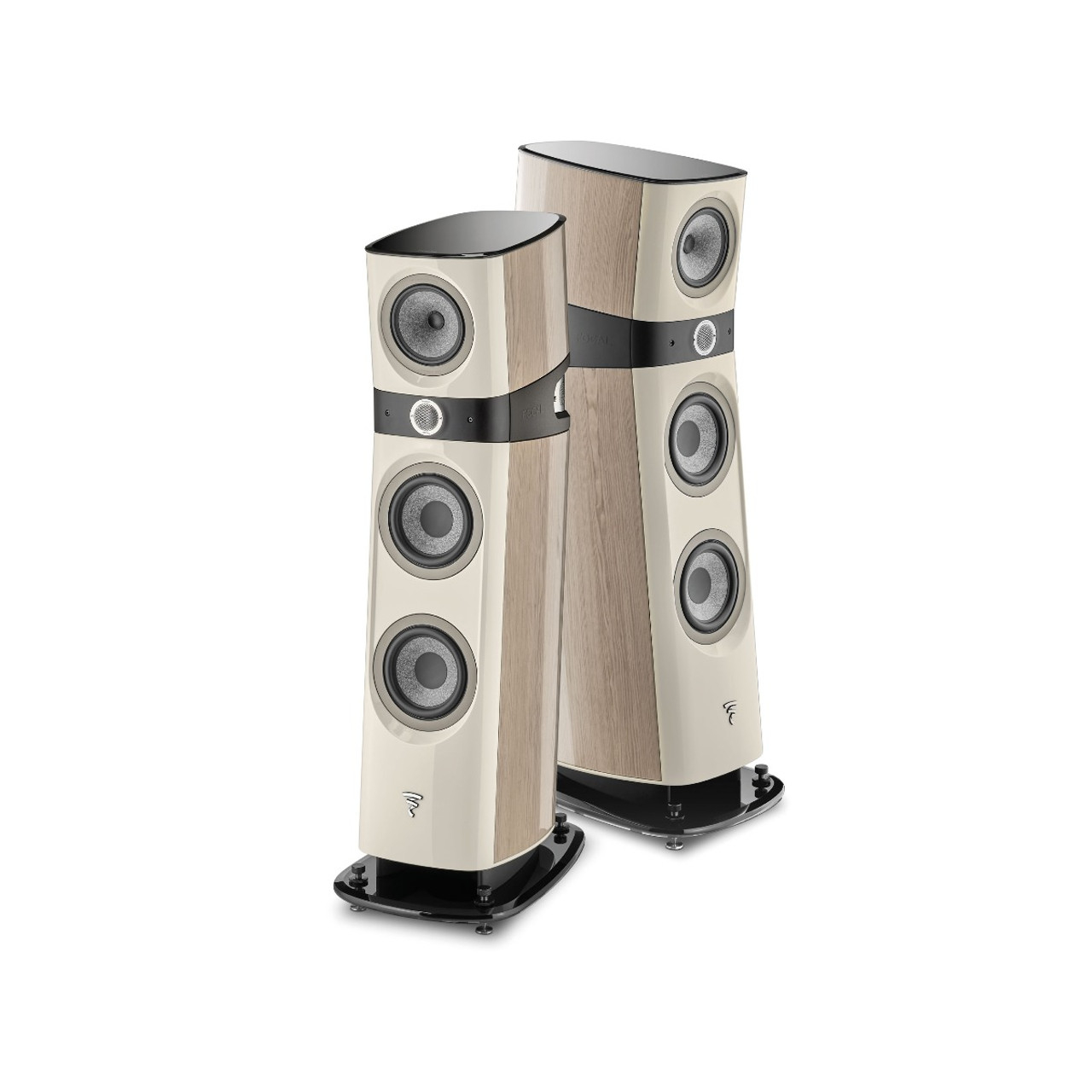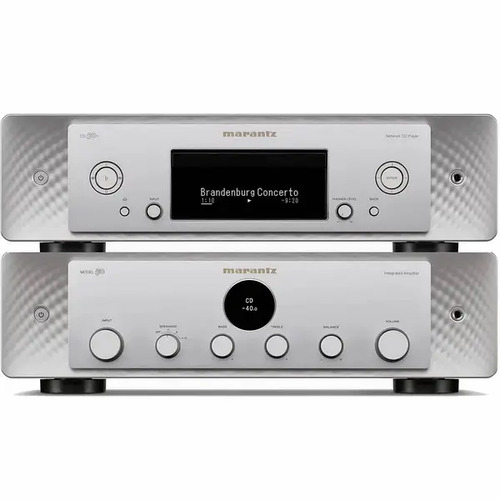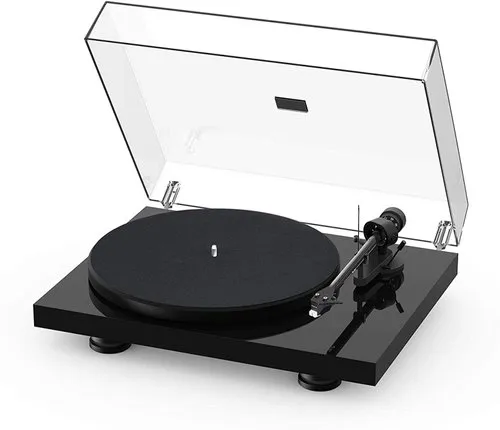Produkto aprašymas
AudioQuest Blizzard, maitinimo kabelis | Nemokamas Pristatymas
Kintamosios srovės įžeminimo laidai apsaugo nuo srovės laidų gedimų, tačiau jie taip pat veikia kaip antenos. Todėl juos veikia radijo dažnio (RF) triukšmas. Šis radijo dažnių triukšmas aplenkia komponentų maitinimo šaltinius ir paprastai patenka tiesiai į jautriausias sistemos garso ir vaizdo grandines.
- "Perfect-Surface Copper+" (PSC+) ir "Long-Grain Copper" (LGC) laidininkai.
- Tikro centriškumo laidininkai sumažina gijų sąveiką ir magnetinę painiavą.
- Įžeminimo triukšmo sklaidos technologija.
- Kryptingai valdomi laidininkai.
GROUND-NOISE DISSIPATION TECHNOLOGY
AC Ground wires provide protection from current-wiring faults, but they also act as antennas. Thus, they are subject to induced radio-frequency (RF) noise. This RF noise bypasses component power supplies and is typically coupled directly into a system’s most sensitive audio/video circuits. AudioQuest’s patented Ground-Noise Dissipation greatly reduces this distortion, yielding unprecedented levels of noise dissipation across the widest bandwidth (range) of radio frequencies possible. Our unique circuit topology utilizes a common-mode phase-cancelling array, in concert with proprietary dielectric materials which provide additional differential linear filtering. (US Patent # 9,373,439)
HIGH-PURITY TRUE-CONCENTRIC PSC+ CONDUCTORS
Blizzard uses only our very purest copper: 100% Perfect-Surface Copper+ (PSC+). Both superior metal and conductor geometry greatly reduce ear-fatiguing Transient Intermodulation (TIM) Distortion.
UNCOMPRESSED HIGH-CURRENT TRANSFER
While many AC power cables feature low DC resistance in order to accommodate the demand for high current, a cable’s characteristic impedance is also crucial for optimal performance. Unlike most AC cables that constrict or compress an audio-provoked transient, AudioQuest AC cables combine low DC resistance and ZERO (no) characteristic impedance in order to deliver uncompressed high-current transients on demand.
DIRECTIONALITY
All drawn metal strands or conductors have a non-symmetrical, and therefore directional, grain structure. AudioQuest controls the resulting RF impedance variation so that noise is drained away from where it will cause distortion. The correct direction is determined by listening to every batch of metal conductors used in every AudioQuest audio cable. When applicable, arrows are clearly marked on the connectors to ensure superior sound quality. For most models of AQ cable, the arrows not only indicate the direction that optimizes metal-directionality as part of Noise-Dissipation, but also indicates non-symmetrical attachment of shield and GND in order to optimize full-system performance.
DIELECTRIC-BIAS SYSTEM WITH BLACK-LEVEL RADIO-FREQUENCY TRAP (DBS)
All insulation is also a dielectric whose electrical properties affect the integrity of the signal. When the insulation is unbiased, dielectric-involvement (absorption and non-linear release of energy back into the signal flow) causes different amounts of time delay (phase shift) for different frequencies and energy levels, which is a significant problem for very time-sensitive multi-octave audio.
AudioQuest’s multi-patented DBS creates a strong, stable electrostatic field which saturates and polarizes (organizes) the molecules of the insulation. This minimizes the nonlinear time delays, resulting in clearer sound emerging from a “blacker” background.
The inclusion of an RF Trap (a technology developed for AudioQuest’s Niagara Series of power products) in the DBS battery pack further reduces radio-frequency noise. The DBS battery packs will last for many years. A test button and LED allow for the occasional battery check.
Low-Z / Noise-Dissipation 3-Pole AC Power Cable
Perfect-Surface Copper+ (PSC+) & Long-Grain Copper (LGC) Conductors
True-Concentric Conductors Minimize Strand Interaction & Magnetic Confusion
Ground Noise Dissipation Technology (US Patent # 9,373,439)
ZERO (No) Characteristic Impedance (50Hz – 1MHz) Enables Uncompressed Current Transfer
Directionally Controlled Conductors











































































